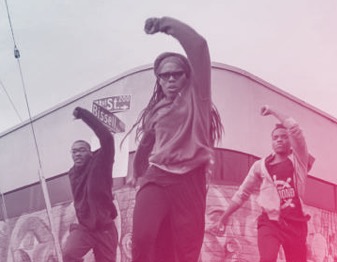“You don’t give up, do you?” snarls Hugo Weaving’s Red Skull (the villain of the piece, as you’ll likely gather from the nom-de-guerre, if the jackboots didn’t give it away), aiming his fearsome weapon at Chris Evans’ star-spangled, lantern-jawed, melon-biceped hero. We know what comes next.
We’ve seen our share of superhero movies, after all. This summer alone offered up no less than four iterations: Thor, X-Men: First Class, The Green Lantern, and now Captain America: The First Avenger. So we recognize this scene for what it is: the big, final-reel moment when things look their darkest, and the camera zooms in our beaten-but-unbowed champion long enough for him to deliver his statement of principles in a speech meant to stir our hearts and set us to cheering.
“Nope,” says Cap, and promptly sends his shield caroming off the Red Skull’s red … skull.
That’s it. “Nope.” A flat, monosyllabic note of rejection before jumping back into the fray. It’s one of several instances in which Captain America‘s filmmakers tweak a familiar superhero trope, but it’s no mere wink to the audience — it’s an elegant summation of the character we’ve come to know over the preceding two hours. Which is why that moment, and the film, work as well as they do.
To play Steve Rogers, Evans swaps out the slick bravado he brought to The Fantastic Four‘s Human Torch in favor of a quiet yet earnest sense of determination. That’s a risk, not least because the role’s over-the-top, oddly bifurcated physicality harbors the real potential to distract our attention from any small performance choices an actor might care to make. Throughout the film’s first act, Evans’ face is digitally — and convincingly — grafted onto a slight, bird-boned body; following the secret government experiment that transforms Rogers into an improbably and impressively buff super-soldier, Evans must carry the film on those flesh-colored medicine balls he keeps where you and I keep our shoulders.


